Does your living room look a little flat or boring to you, but you’re not sure what to do to spice things up? The answer could be that your room is lacking an essential design element…texture. Using different textures is key to creating a room that is both visually appealing and sophisticated. Texture can also be used to make your home feel more cozy and inviting. Here are some secrets and tips for using texture in interior design.
Why is texture so important in design?
Simply put, our brains love looking at different textures. When we see something with texture, it takes a few nanoseconds for our brains to look at the object and make sense of it. That extra little bit of stimulation is exciting for us, and captures our attention in a positive way. So, using different textures in your home creates visual interest, and can make any room a much more pleasing space to hang out in.
Texture can also be used to create different moods in design. For example, a space with a lot of soft textures will feel cozy and inviting, while a space with a lot of hard, smooth textures will feel more formal and modern. Depending on the interior design style you’ve chosen for your space, you might want to use more or less texture in the room to create a look and feel that is consistent with that style.
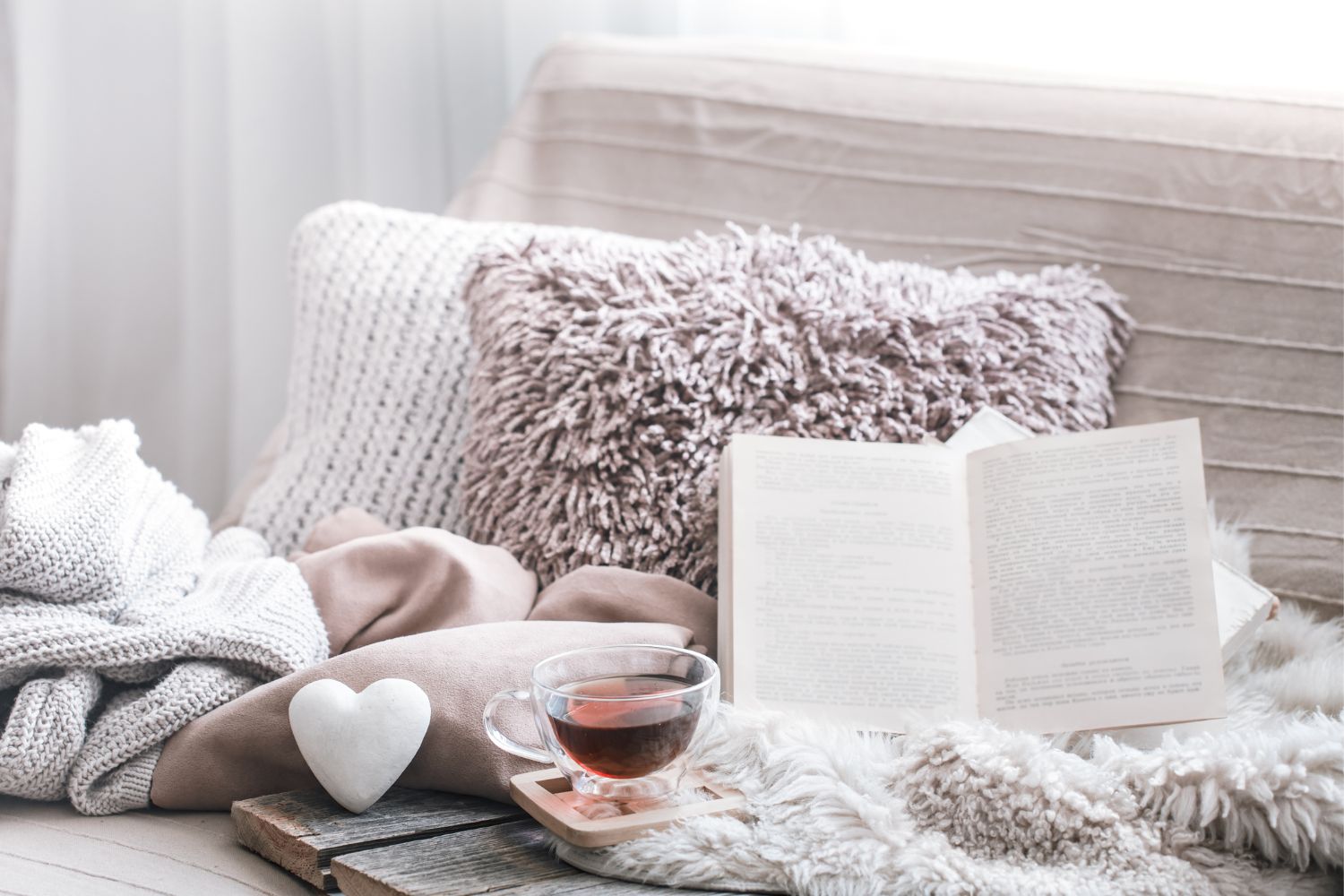
Use a variety of soft textures to create a cozy feeling in your space.
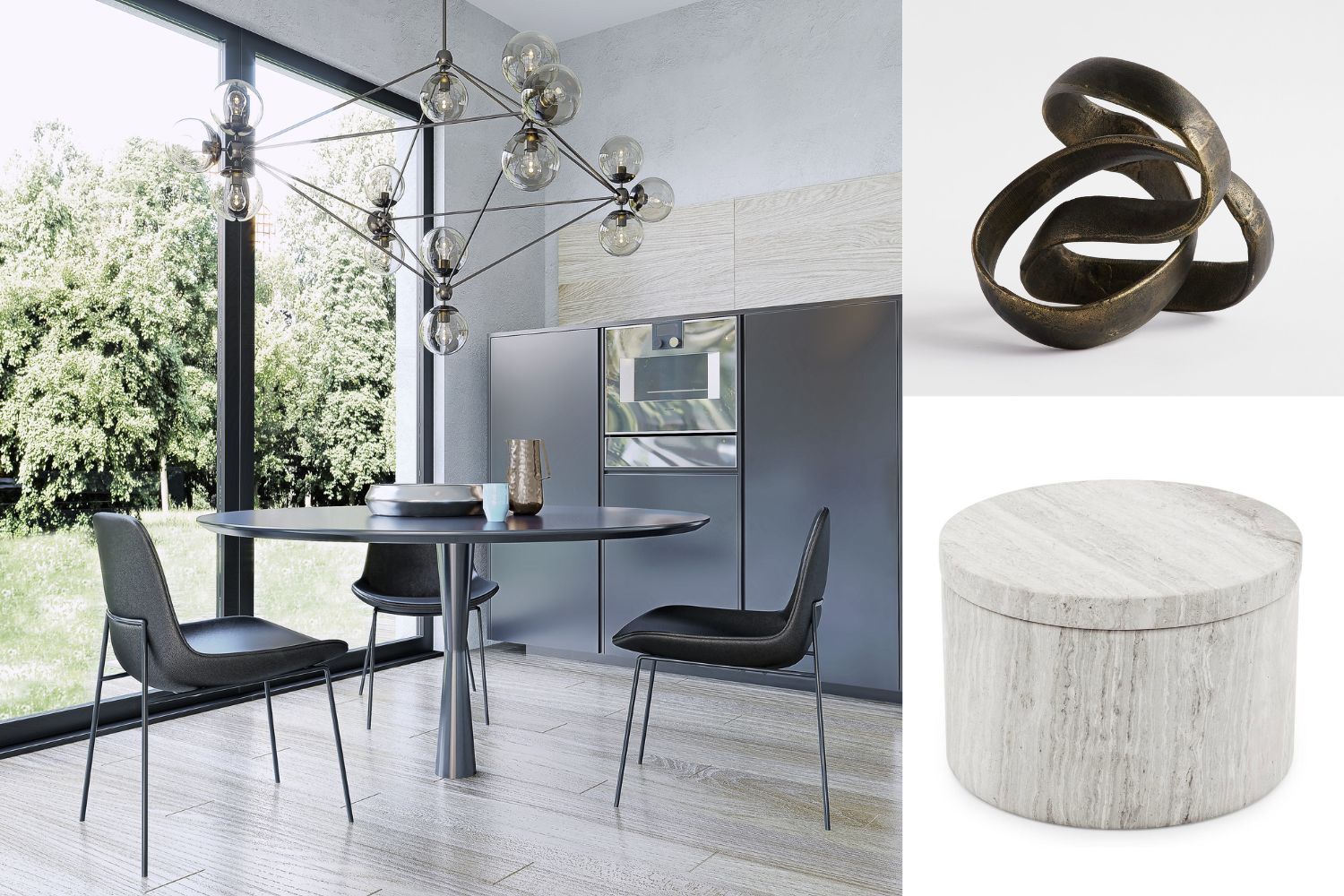
Use hard and smooth textures to make your space feel more sleek and modern.
Using texture is also a great way to highlight certain areas or features of your room. Because our eyes are naturally drawn to interesting textures, you can strategically place textured elements in places you want people to look. For example, using a vase with florals on your dining room table will instantly draw the eye toward the center of your room, where someone could also then notice your gorgeous chandelier.
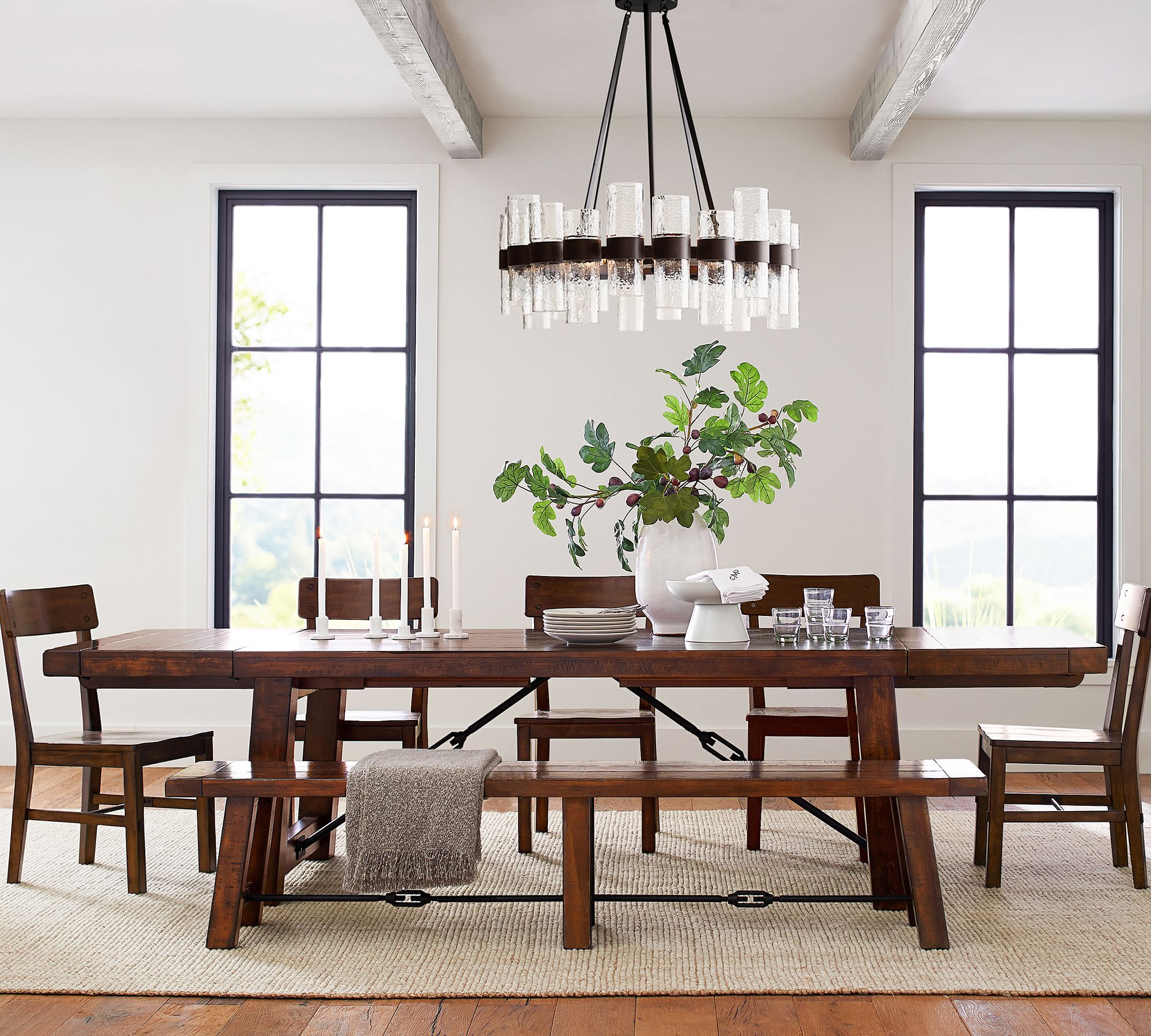
Source: Pottery Barn
Examples of texture in interior design
There are many different types of texture, and each type can be used to create a different effect. Some common interior design textures include:
- Smooth: A smooth texture is one that is free of any bumps or ridges. It can be created using materials such as glass, metal, plastic, or marble.
- Rough: A rough texture is one that is bumpy or ridged. It can be created using materials such as stone, wood, and fabric.
- Soft: A soft texture is one that is inviting and pleasing to touch. It can be created using materials such as fur, velvet, and fleece.
- Hard: A hard texture is one that is solid and firm to touch. It can be created using hard materials such as metal, stone, wood, or glass.
How to Use Texture in Design
When using texture in interior design, it is important to create a balance. Too much texture can be overwhelming, while too little texture can make a room feel flat. It can take some practice and experimentation to find the perfect balance of texture in your interior design, but in general, try to mix things up. Using a variety of textures in every room will create a more interesting and visually appealing space.
Here are 10 ways to add texture to your interior design:
- Use different fabrics and textiles – You can use different fabrics with your furniture pieces, like a plush velvet sofa paired with a leather accent chair. With your upholstered sofa, see if you can add some throw pillows in a different fabric, or a small pattern to mix up the textures.
- Vary the finishes of your furniture – When it comes to interior design, you want to avoid having all of your furniture match. It’s much more visually interesting to use a variety of finishes and shapes. For example, you can use a wooden coffee table in your living room paired with metal or glass side tables, or an upholstered bed frame paired with a wood dresser in your bedroom.
- Add plants and florals – plants and flowers have a wonderful, unique, organic texture that adds life to any room. In general, every room in your home should have 2-3 plants or florals (yes, even the bathroom!)
- Use baskets in your decor – baskets have fantastic texture to them, and designers love to use them in every room of a home. You can use a basket tray on your kitchen island, or use a large basket in your living room to hold extra blankets, or place your plant into a round basket to enhance its look.
- Install window treatments – curtains are an easy way to add softness into a room, while bamboo shades might be a great way to add a rougher texture into the space.
- Mix up the textures of your decorative pieces – If you don’t have a lot of texture variety in your furniture or materials, you can make up for it with your decorative accessories. Buy items in a variety of different textures, like glass, metal, wood, or stone, to liven up your bookcases, coffee table, and side tables.
- Add rugs over hard floors – I know some people don’t like to cover the beauty of their hardwood floors with rugs, or use rugs under a dining room table, but rugs are a fantastic way to introduce a softer texture into the room.
- Use small patterns as a texture – Did you know a small pattern can be used to create the illusion of a texture? Pattern is an important element to include in any design, but it can also be used to improve the amount of texture that is perfecived in the room.
- Consider your light fixtures – Light fixtures can be a great way to add texture or vary the texture in a room. If your space already has a good amount of rough texture going on, you might want to choose a light fixture with a smooth surface. Alternatively, you can add a more intricate chandelier to a dining room that is lacking texture to create more visual interest.
- Don’t forget your walls – Wallpaper is another great option for adding texture to a room. A rough grasscloth wall covering could be just what your bathroom needs to offset all of the smooth, hard surfaces. Other ideas could include installing a brick accent wall, or adding some wainscoting to your dining room walls.
Which textures do you need to add to your room? To start, look around and see what textures you can spot. If you have a lot of hard or smooth textures, think of ways you can add something soft into the room, like a pillow or throw blanket. Could you add a plant to the room to introduce a unique, organic texture? Or, maybe placing a rug under your table, and adding a plant in a basket is the finishing touch you need for your dining room.
Tips for Using Texture in Your Living Room
The living room (or family room) tends to have the most furniture and accessories of any other room in the house. Therefore, it’s usually pretty easy to include a variety of textures in your living room design. If you living room feels a little dull or flat, see if you can use some of the following ideas to inject a little more texture and visual excitement into your space.
- Use rugs over hardwood or tile floors
- Vary the finishes of your furniture (for example, you can use a rough wood table paired with a smooth leather sofa)
- Use different materials for your decorative pillows and throw blankets
- Add a woven poof or baskets into the room
- Add 2-3 plants, and don’t forget to use small plants on your bookshelves
- Hang curtains or drapes to soften up your walls
- Take advantage of small patterns to act as a new texture in the room
- Use a variety of textures for your decorative accessories (rough, smooth, hard, bumpy, organic, fabric, etc)
- Use light fixtures to add a different texture, as needed
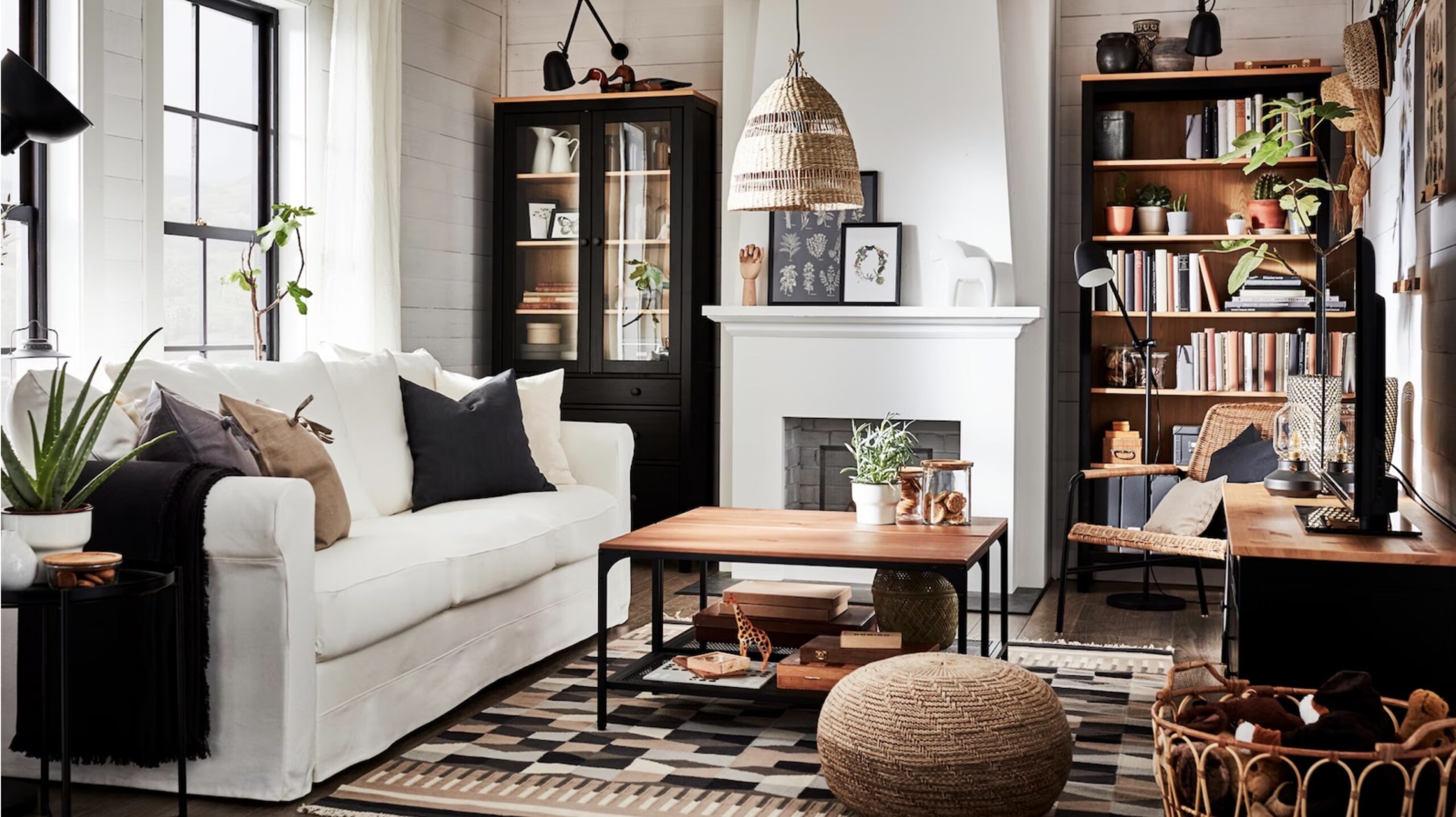
Source: IKEA
Tips for Using Texture in Your Bedroom
Between the soft bedding and hard furniture pieces, bedrooms often achieve a good balance of textures without even trying. The key to creating a designer look in your bedroom is to vary your furniture finishes and shapes. You don’t want to go off and buy an entire matching bedroom set, or you risk having too much of the same color, shape, and texture in the room. Here are a few tips and ideas to keep in mind when using texture in your bedroom:
- use a soft, plush or patterned rug over hardwood or tile floors to make the room feel more cozy
- look for linens and pillows with small, subtle patterns that can give the illusion of texture
- don’t be too “matchy-matchy” with your furniture pieces
- Use 2-3 plants in the room (a tall plant or tree in the corner, and a small plant on your dresser or nightstand is perfect)
- A mirror over your dresser can add a smooth, hard texture to contrast with softer items in the room
- Adding an upholstered, wood, or leather bench at the foot of your bed is another opportunity to introduce a different texture
- Don’t forget to think about the texture of your light fixtures and lamps
- Window treatments, or roman shades are yet another way to change up the texture and add softness to the room
- Be thoughtful about your decorative accessories, and what kind of texture they can add to the space
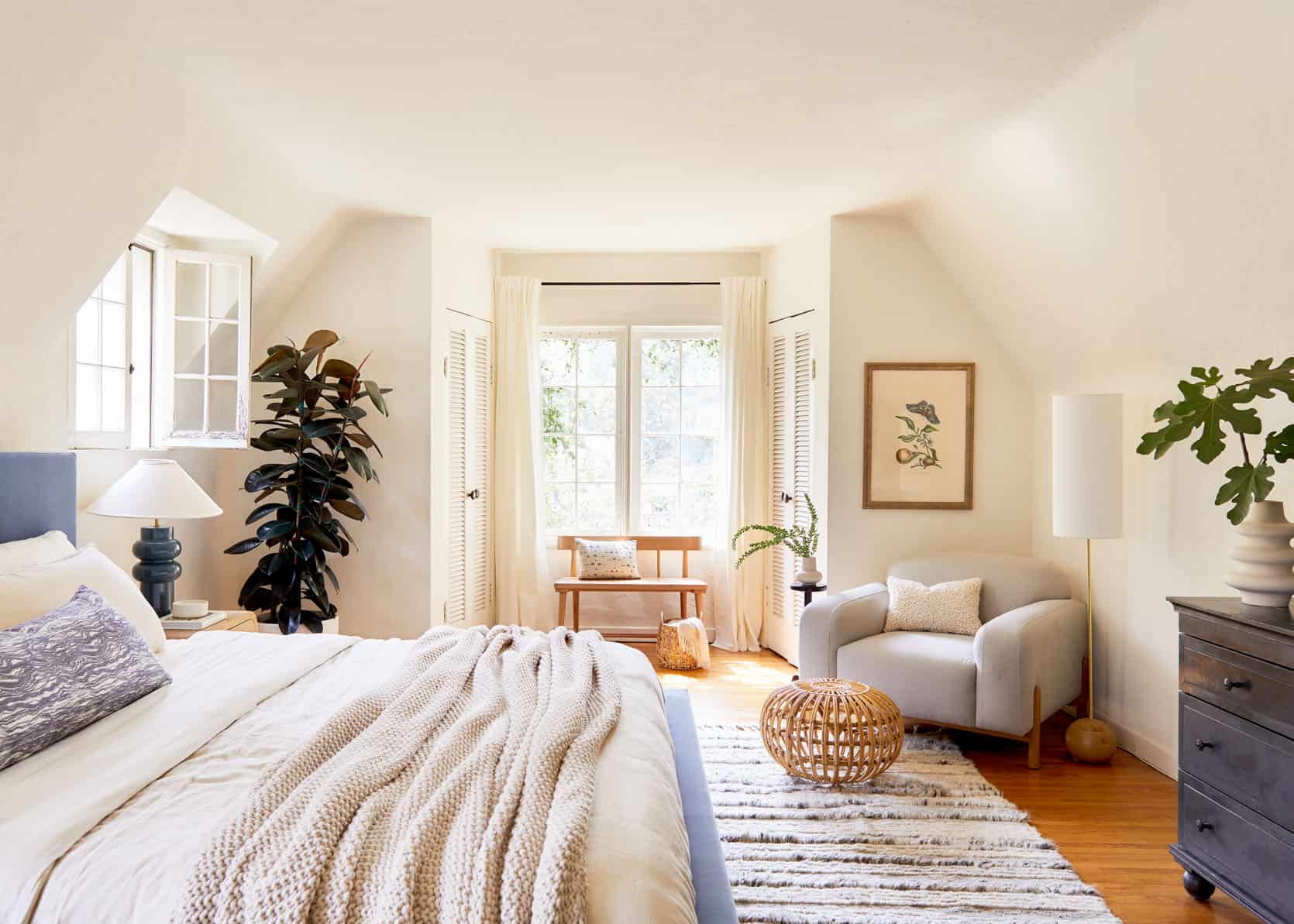
Source: Emily Henderson
Tips for Adding Texture to Kitchens and Bathrooms
Kitchens and bathrooms are typically dominated by hard, smooth materials and textures. The cabinets, tile, countertops, sinks, tubs, etc. are all cold, hard surfaces. To create a more balanced look, it’s important to insert some softer and rougher textures into your kitchen and bathrooms.
In a kitchen, you can add rugs, towels, plants, and decorative objects in soft or rough textures to balance out the existing smooth textures. You could also add more depth to your kitchen with a textured backsplash, like a stone mosaic.
In bathrooms, be sure to add plenty of soft elements, like a rug and towels, and then place a textured vase, basket, or plant on your vanity to elevate the look. Check out my post How to Warm Up a White Kitchen or Bath for some tips on how to make these spaces feel a bit more cozy and inviting.
Texture can be a powerful tool in interior design. When you don’t have enough texture in a space, it can feel bland or boring. By using it wisely, you can create a home that is not only more visually appealing, but one that feels cozier, and looks more sophisticated. So, take a look around your home today, and experiment with using textured elements to make your home a more beautiful and inviting place to spend time in. And remember, a variety of textures in your room is a good thing, but too much texture can make a space feel a bit overwhelming. As with all things in design, it’s important to find a balance.
For more tips on how to decorate your home like a pro, download my FREE guide on 7 Secrets of Successful Home Decorating. Or, head on over to the Resources page for other FREE goodies.

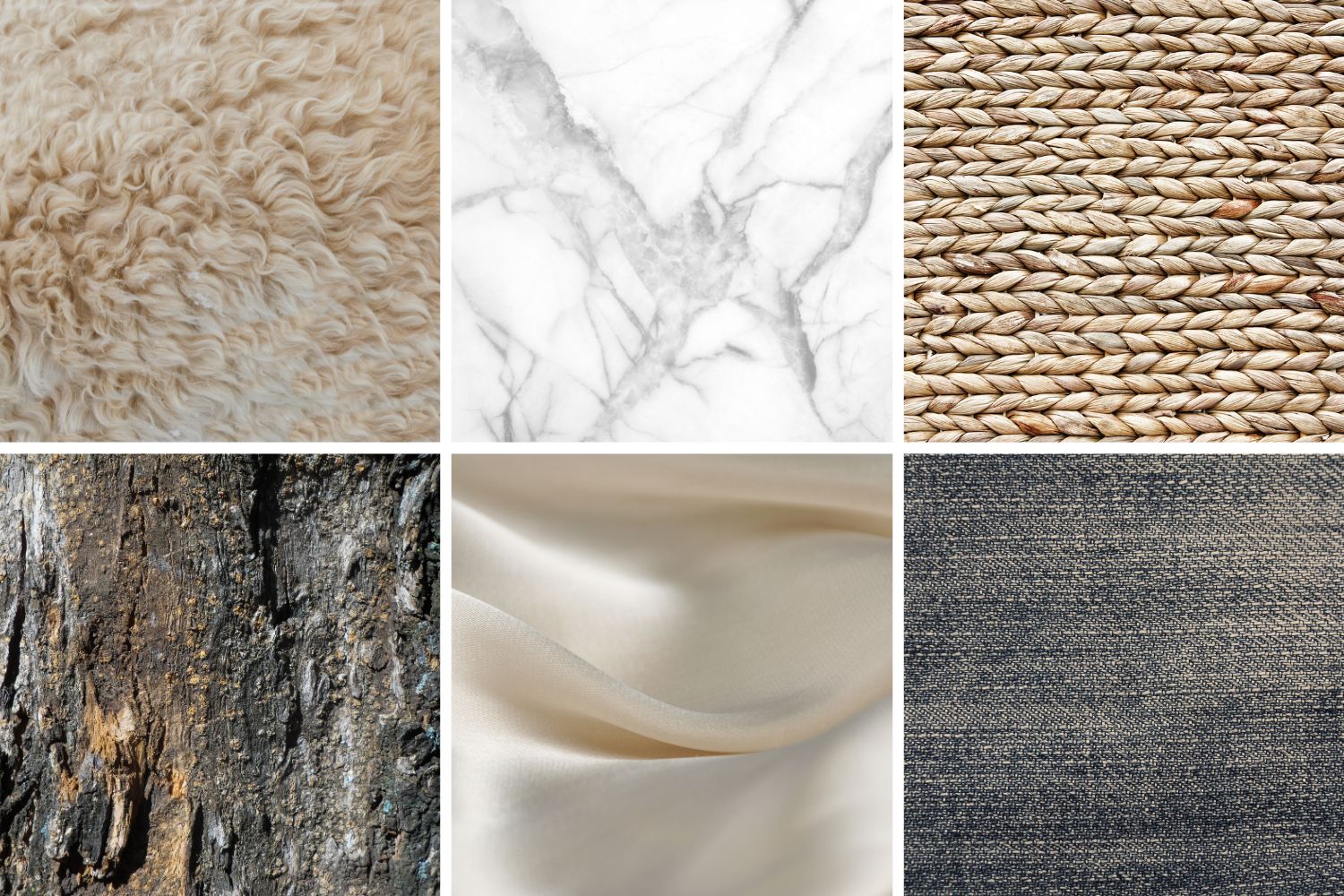
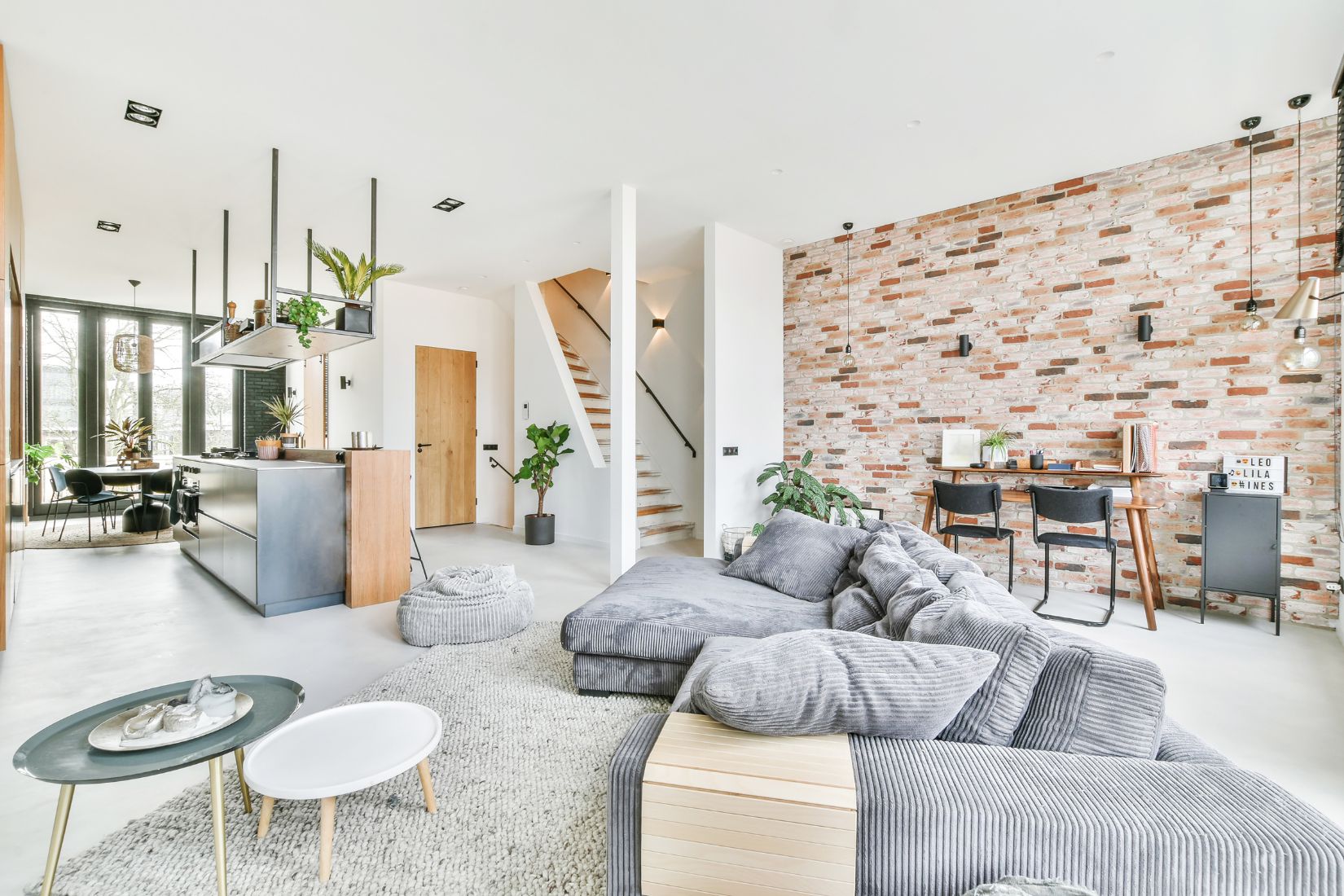
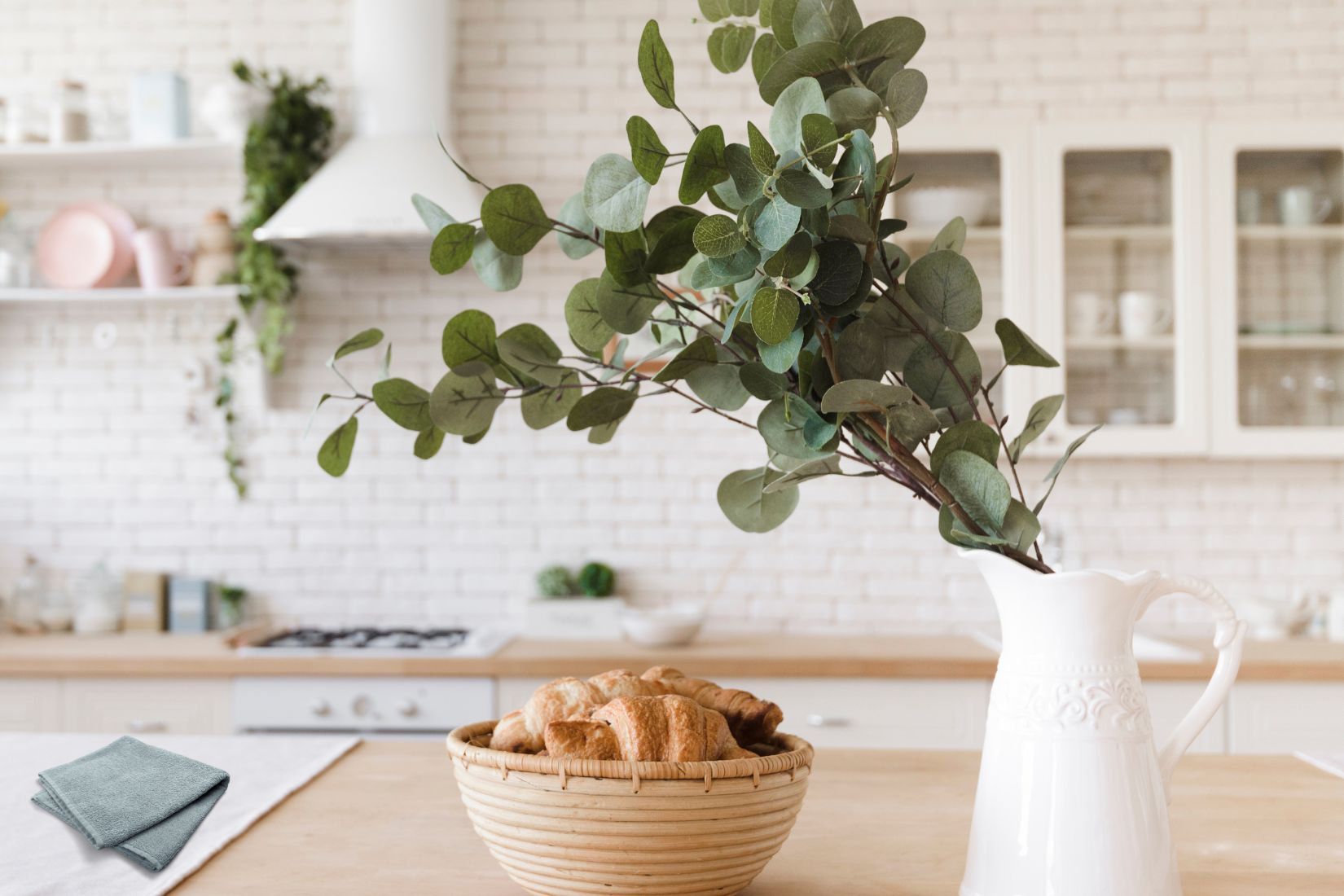
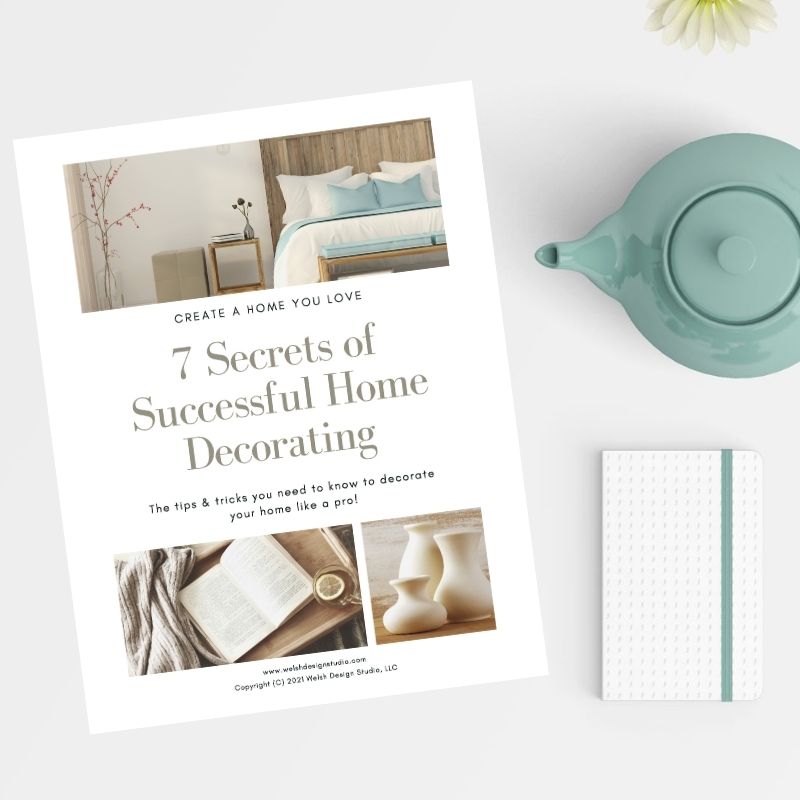
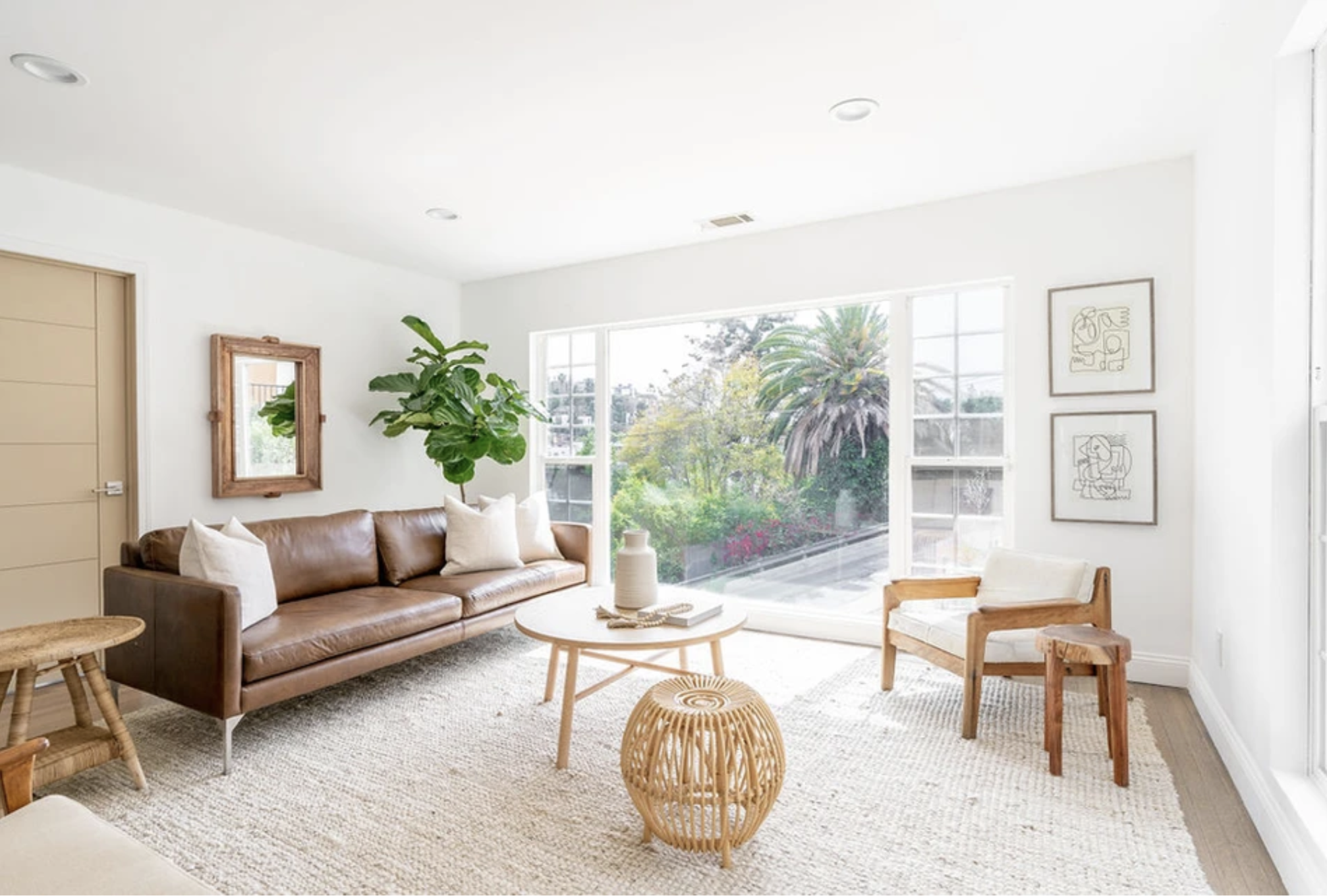
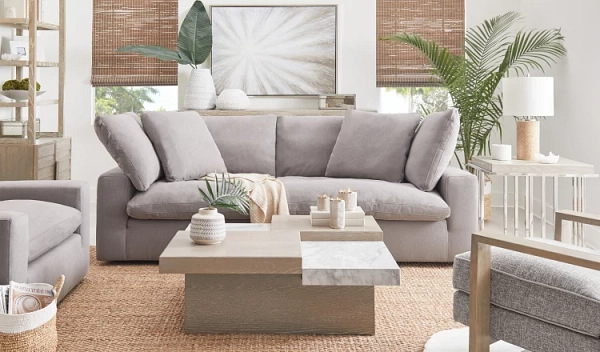
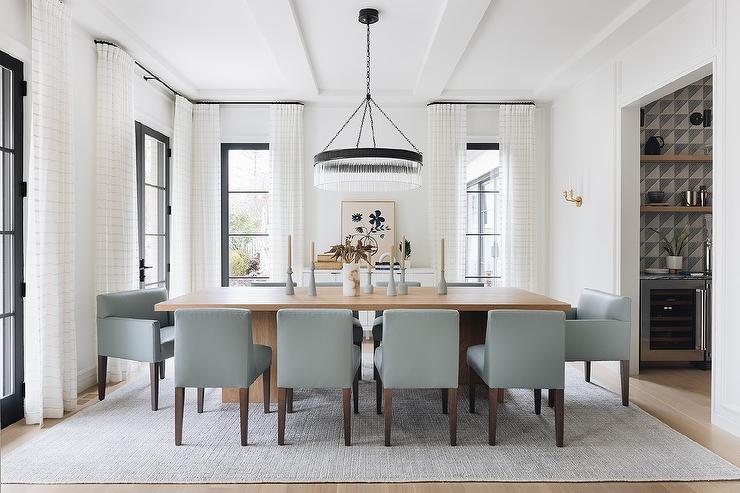
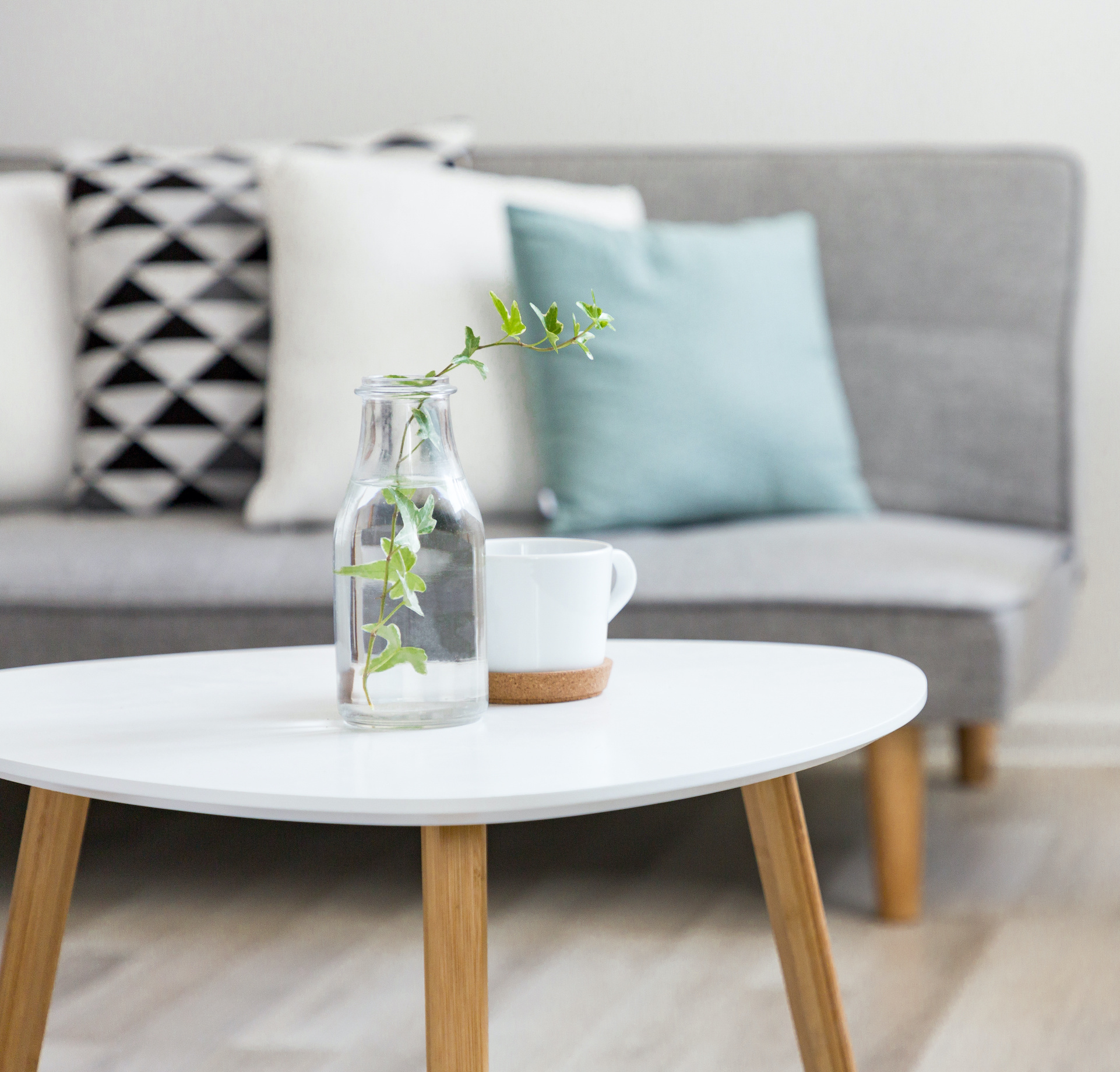

Leave A Comment